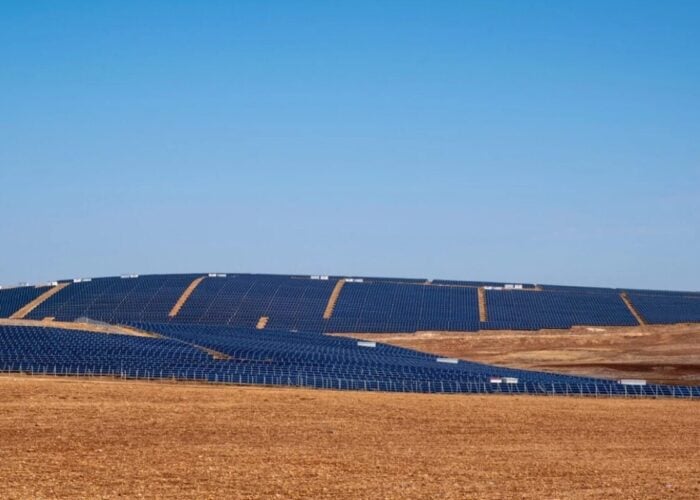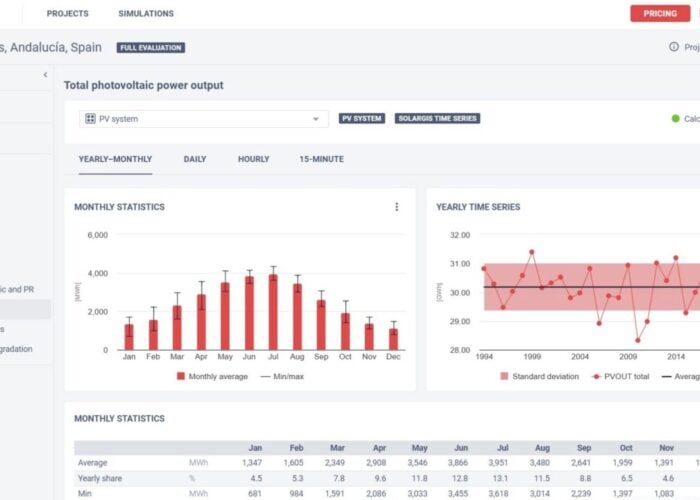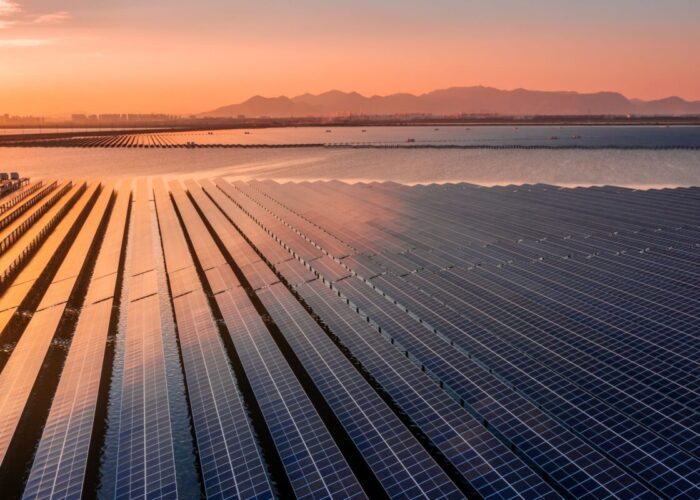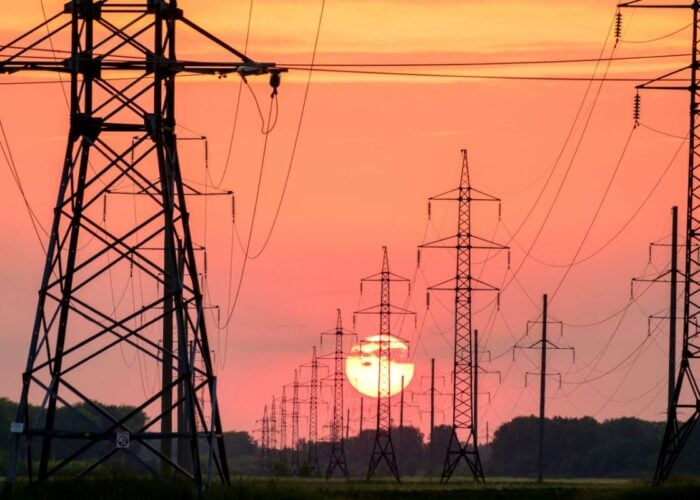The world added more than 550GW of new solar in 2024, although renewable power continues to account for a fraction of the world’s electricity generation, according to the latest figures from the International Energy Agency (IEA).
The IEA’s latest report, ‘Global Energy Review 2025’, breaks down electricity demand, carbon emissions and electricity generation around the world, and echoes many of the positive sentiments for the global solar sector expressed in other publications.
Unlock unlimited access for 12 whole months of distinctive global analysis
Photovoltaics International is now included.
- Regular insight and analysis of the industry’s biggest developments
- In-depth interviews with the industry’s leading figures
- Unlimited digital access to the PV Tech Power journal catalogue
- Unlimited digital access to the Photovoltaics International journal catalogue
- Access to more than 1,000 technical papers
- Discounts on Solar Media’s portfolio of events, in-person and virtual
Or continue reading this article for free
Chief among these is the fact that the world has now added more solar PV capacity, year-on-year, each year since 2019, reaching 553GW of new additions in 2024.
Between 2023 and 2024, solar capacity additions increased by almost 30% year-on-year, and has helped push the world’s operating solar capacity to 2.2TW. While solar and wind collectively accounted for 95% of global renewable energy capacity growth in 2024, solar projects made up the majority of these additions, adding around five times as much capacity as wind. These trends are shown in the graph below.
Much of this growth in the solar sector was concentrated in China, with over 340GW of new capacity added, 30% more than was commissioned in 2023. Utility-scale plants accounted for 60% of this new capacity, while the residential PV market accounted for just 10% of new capacity additions in 2024.
The IEA’s figures are slightly higher than the 277.17GW of capacity additions reported by China’s National Energy Administration in January. There is uncertainty as to whether these figures are reported in AC or DC, however; assuming this figure is reported in AC, and using the 1.2:1 conversion ratio for AC to DC figures used by thinktank Ember Climate, this would put the National Energy Administration’s capacity additions figure, in DC, at 332.6GW. This figure is still a shade under the IEA estimate.
Both figures reflect growing capacity additions in the solar sector, which follows the publication of a number of reports drawing the same conclusion. Earlier this year, another IEA report found that solar made up 7% of the world’s electricity generation in 2024, a record figure, and that renewable energy as a whole is on track to meet the world’s growing electricity demand up to 2027.
Growing energy demand
The latest IEA report notes that both electricity demand and consumption grew in 2024, and that despite the push for greater adoption of renewable energy sources, natural gas remains an important component of meeting this growing demand.
In 2024, global energy demand rose by 2.2% year-on-year, almost double the average annual year-on-year increase of 1.3%, seen between 2013 and 2023. While growth in China’s energy demand fell to below 3%, less than half of the growth rate seen in the previous year, the world’s other ‘advanced economies’ saw an average energy demand growth of 1%, demonstrating how countries beyond China affected last year’s demand for electricity.

The IEA report noted that much of the demand for new electricity was driven by “industry, the electrification of transport, and the growth of data centres and artificial intelligence”. The latter points echo sentiments expressed at Solar Media’s Solar Finance and Investment Europe event, held in London earlier this year, where speakers expressed confidence that solar power would be a key component in meeting this “moderate” growth in demand for electricity in Europe.
However, the IEA report also highlighted that fossil fuels are primarily responsible for meeting the world’s energy demand, with coal, oil and natural gas responsible for more than two-thirds of global energy supply in each of the last three years, as seen in the graph above.
Indeed, year-on-year demand for gas rose by around 115 billion cubic metres (bcm), compared to an annual average demand increase of 75bcm in the last decade. While IEA executive director Fatih Birol noted that renewable energy is covering the “largest share” of the growth in electricity demand, solar and wind are still very small components of the overall energy supply.
“What is certain is that electricity use is growing rapidly, pulling overall energy demand along with it to such an extent that it is enough to reverse years of declining energy consumption in advanced economies,” said Birol.
“The result is that demand for all major fuels and energy technologies increased in 2024, with renewables covering the largest share of the growth, followed by natural gas. And the strong expansion of solar, wind, nuclear power and electric vehicles (EVs) is increasingly loosening the links between economic growth and emissions.”







